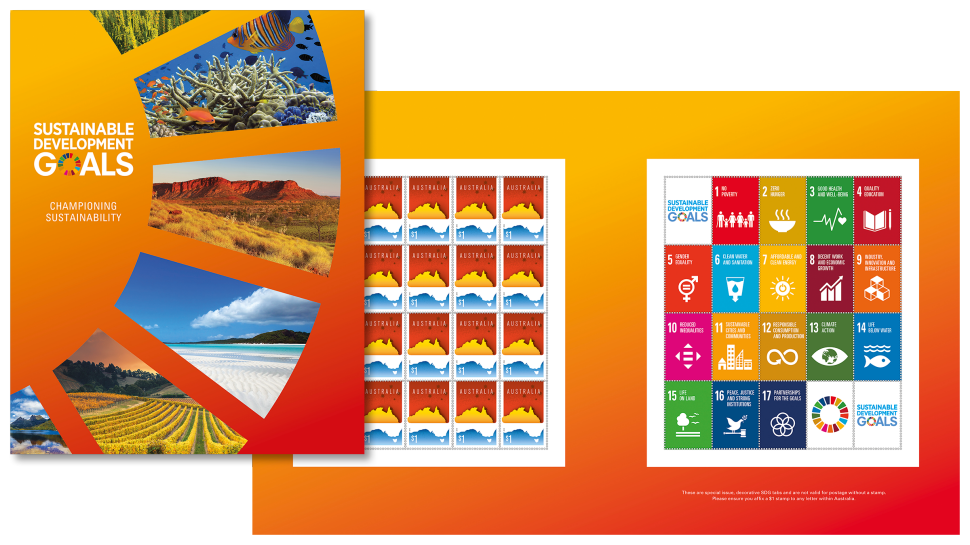| Audio | Visual |
| The circle of life happens all around us. |
We open on planet Earth, then see the camera panning clockwise, transitioning to a new scene. |
| Things are created, nurtured, then returned back to Earth in perfect harmony with nature. |
A seed falls to the ground. Shoots grow into a flower. Zoom in, a bee comes into the frame and starts feeding on the flower. |
| But that circle has been disrupted by humans. |
We transition clockwise from the forest to an open-cut mine, trucks moving out of the mine. |
| Our linear way of making things has put a strain on the planet. |
Camera pans right and we see an endless line of trucks emerging with raw materials. |
| We take more than we put in and throw out over 1.3 billion tonnes of waste each year. |
The cargos transform into electronic goods. And more goods pop up filling the screen. The electronics turn into garbage one by one. |
| In fact, the average Australian family throws out enough rubbish each year to fill bags as heavy as a medium sized car. |
Camera zooms out as it pans across to reveal a car. The garbage bags above fall down on the car until it completely covers it. |
| It’s time to go back full circle. |
The camera pans left and we see a wind farm. |
| A circular economy is a different way of doing business… Where there’s ideally no waste. |
Camera pans clockwise and zooms in, to see a truck unloading second hand jeans to a manufacturer. Camera pans right to see jeans being turned into bags. The manufacturer observes the process. |
| It goes beyond only recycling. It’s about doing business without using up the earth’s resources… … collaborating in new ways… And being thoughtful about how products are sourced, made, shared… … reused or repurposed. |
We transition to a manufacturer selling the repurposed bags to a trendy girl. Then transition to the girl swapping outfits with another fashionable girl. Pan clockwise to an old car tire. The old tire turns into the soles of a brand new pair of shoes. |
| Inspired by nature and promoted by the United Nations, the circular economy is being led by forward-looking businesses around the world. Joining forces to reduce their environmental impact and design products with a longer-term view And we’re proud to be one of these companies. Australia Post is committed to working with our partners in business and the community towards a circular future. |
We pan clockwise to a white frame with the Sustainable Development Goals logo and Goal #12, with the words ‘Responsible Consumption and Production’ popping up. The Sustainable Development Goals logo transitions into a spinning wheel that depicts five of the key areas that make up a Circular Economy. The words ‘Source, Make, Distribute, Use and Repurpose’ rotate clockwise around the Earth on screen. The graphic then transitions into the Australia Post logo. The city animates in the background. |
| It’s key to our shared goal of sustainable development and a zero waste society. |
We pan clockwise to reveal a man making coffee at home. |
| Today, we’re using our vast network to help others reuse and recycle goods. |
Camera zooms in and the man disposes of his coffee pods into a special satchel. |
| We’re sourcing sustainable materials and working with our customers to find solutions that enable more reuse, renting and sharing of products and services. Rather than always buying new. |
Transition to a scene where we see a postie carrying that same satchel to his AP van. Transition to where the van is driving to a recycling plant. We pan clockwise and see a brown package being opened and unboxed by a smiling woman. Transition to her using that same box to carry groceries. |
| Because if we want to play a positive part tomorrow, we all need to start thinking circular today. |
We plan clockwise to reveal planet Earth again. The Australia Post logo appears on screen with a link to the Corporate Responsibility webpage reading ‘auspost.com.au/SDGs’ |
In January 2016, the United Nations’ Sustainable Development Goals (SDGs) came into effect. The SDGs provide a blueprint to put the world on a sustainable path to 2030 and to address pressing economic, social and environmental challenges. The specific goals centre around ending poverty, hunger and inequality; protecting the environment and addressing climate change; championing gender equality; improving health, education and quality of work; engaging in responsible consumption and production; and more.
In 2016, Australia Post was one of the first Australian companies to embrace the SDGs, identifying those goals that intersect with our operations and value chain. Some of the ways Australia Post is advancing the SDGs include achieving a zero gender pay gap; facilitating projects that allow individuals and businesses to reuse, repurpose and recycle items; installing Australia’s largest single rooftop solar power installation at our Sydney Parcels Facility; and increasing the amount spent with the 35 social enterprises and Indigenous businesses in our supply chain. We have also produced a suite of materials to assist small businesses embrace the SDGs and become more sustainable.
To champion the importance of the SDGs, Australia Post has released a Sustainable Development Goals stamp pack. The pack contains 20 Map of Australia stamps from the Love to Celebrate stamp issue, as well as decorative stamp tabs that graphically portray each development goal.
To learn more about the SDGs Australia Post’s efforts to support them, visit auspost.com.au/sdgs
The Sustainable Development Goals stamp pack is available now, online, at participating Post Offices and via mail order on 1800 331 794, while stocks last.
This article was produced at the time of publication and will not be updated.


